Digital Marketing Funnel [Definition, Components and Examples]
 Fact-checked
Fact-checked
Last Updated: March 30, 2023
Are you looking to improve your digital marketing? If so, you need to understand the concept of a marketing funnel and how to make it work in your favor.
In this article, we’ll discuss what a digital marketing funnel is and how it works, as well as teach you how to make a marketing funnel of your own, and provide some examples.
What Is a Digital Marketing Funnel?
A marketing funnel is a model that illustrates the process potential customers go through when considering whether or not to buy a product or service. The funnel allows businesses to track their progress and performance at each stage of the customer experience, from awareness all the way to purchase. Additionally, it can help businesses identify areas for improvement in their marketing strategy.
The purpose of the conversion funnel in digital marketing is in fact to identify traffic audiences and nurture them with frameworks such as content marketing to later convert them into customers. Simply put, marketers aim to convert leads or prospects into customers by guiding them from the top to the bottom of the funnel.
When marketing a product, it’s important to keep in mind that customers won’t buy it instantly, which is why it’s important to know the stages customers go through.
| DID YOU KNOW: There are different types of marketing manager jobs, such as product manager, advertising manager, SEO specialist, and more. If you’re interested in the marketing field, take a look at how to become a marketing manager in 2022. |
How Do Digital Marketing Funnels Work?
The digital marketing funnel stages represent the cognitive stages buyers go through when purchasing a product, which is why marketing funnels play a big role in determining the success of marketing actions. One of the most renowned marketing models is the AIDAA formula that traces the customer journey through the stages of awareness, interest, desire, action, and advocacy. Customer advocates use such funnels to support customers through the process of deciding to make a purchase.
Below, you can gain deeper insight into what each stage entails:
Awareness
At the top of the digital marketing conversion funnel, the awareness stage is the first interaction you have with your potential customers. The first thing you need to be aware of is that you need to generate traffic through different channels such as Facebook ads, email marketing, social media marketing, SEO, etc.
Interest
In the next stage, a person that has developed an interest in your product or service will engage with your brand on social media or by visiting your website. By interacting with your lead magnet, this person becomes a lead and travels through the other stages of the funnel.
Desire
In the middle of the funnel, the desire stage is where people gain information about what your business offers and how it stands out from the competition. In a new digital marketing funnel strategy, this is a very important stage, as this is when potential customers are most likely to compare your services to other alternatives.
Action
This is the stage of the buyer’s journey where the leads finally complete the action by filling out a form or making a purchase. Depending on the type of business, the action stage for service-based businesses might include filling out a questionnaire or paying a low-ticket audit, while for businesses selling physical products the action stage is about making a purchase.
Advocacy
The customer journey doesn’t end when an action is completed—a full funnel digital marketing strategy also includes cultivating brand loyalty and ultimately turning your clientele into brand advocates who’ll continue making purchases while also sending in new customers by spreading the word.
It’s important to note that not every person who enters your marketing funnel will go through these stages and become a customer or brand ambassador, but by testing and working on your formula, you can build lasting relationships with your leads.
What Are the Components of Digital Marketing Funnels?
To ensure you get a better understanding of the structure and learn how to build your own marketing funnel, let’s break it down and explain its 3 main components.
1. Foundation
To ensure maximum efficiency of your funnel, you must first define your objectives and conduct research to base your strategy on. The aspects you should focus on when building your funnel digital marketing strategy include conducting competitor analysis, developing goals, and identifying your buyer persona. Once done, your next step is creating a value ladder and mapping your funnel.
2. Floodages
The most successful marketing funnels are those that use various channels to drive traffic to their business. This can be achieved through:
-
Search Engine Optimization
Search engine optimization is among the best long-term approaches when it comes to driving traffic. One of the biggest goals of SEO practices is to attain a higher Google ranking so your website appears among the top results when users search for the information you’re offering. If you’re just starting off and want to build and optimize your own website from scratch, here are some free website builder options to consider.
-
Email Marketing
Although different tactics can be used to drive your digital funnel marketing traffic according to digital marketing trends and statistics for 2022, most marketers consider email marketing their biggest source of ROI (Return on Investment). When your business has an email list of your customers, you can use it to inform them of your fresh content, which is why incorporating an email automation campaign into your business practices is essential.
-
Paid Advertising
You can use different types of mediums such as Facebook ads, Google AdWords, and LinkedIn Ads to drive relevant traffic into your funnel. Keep in mind you should find one that best speaks to your target audience, as paying for ads where they’ll reach very few of your targets won’t benefit your business.
-
Social Media Optimization
Social media is a tool you can use to bring new customers into your digital marketing conversion funnel and keep existing customers up-to-date with your new content and offerings. Social media can also help you educate your followers on your industry and establish a closer relationship with them.
-
Sales Funnel
The sales funnel usually involves a lead magnet, an amplifier, and a conversion event. In general, these components are used to get a better understanding of your audience, attract them to your website, and later convert the visitors into buyers.
How to Create a Digital Marketing Funnel of Your Own?
Now that you’re familiar with all the digital marketing funnel stages, let’s talk about how you can use your resources and make consumers out of your potential leads. Follow the instructions laid out below to create a marketing funnel of your own:
1. Exposure
When creating a marketing funnel of your own, the first thing you need to do is establish brand awareness, which will help you attract an audience. When building brand awareness, it’s common for businesses to cast a wide net in the initial stage, trying to reach as many people as possible and qualify them while going down the funnel.
Some useful marketing practices that can help you grab the attention of users include social media posts, video marketing pay-per-click ads (PPC), and podcasting and webinars.
2. Discovery
Once you’ve grabbed the attention of your target audience, the next step in your full funnel digital marketing strategy requires you to learn how to address your audience’s needs and turn visitors into leads. The challenge here is to create engaging content that will encourage users to leave contact information such as their email address. The best practice for this stage is to deliver educational content that will present both a problem and a solution your business offers.
3. Consideration
Once visitors are aware of your brand and the services or products you offer, they’re likely to take some time to consider other options and compare your brand to other alternatives. Your goal during this stage of the digital funnel marketing process is to show prospects your brand is able to provide them with better solutions than other brands with examples of satisfied customers and positive reviews. To achieve this, you can invest in case studies and create video testimonials from past clients.
4. Conversion
The fourth step revolves around generating content that aids your lead generation strategy, which involves landing page optimization, including lead magnets to convert website traffic into leads, issuing sale letters, and other stages of conversion optimization.
Including free trials is also recommendable, as this will allow users to test out your services first and learn the advantages and disadvantages of using them.
5. Customer Relationship
Once you’ve established conversion in your lead generation digital marketing funnel, you need to solidify the relationship with your customers. One way to establish contact with your customers is by asking them to leave reviews and tell you if they’re satisfied with your services. Having a reliable customer support team and including a resource page with FAQs where users can find answers to their questions will help you earn their respect and increase your chances of receiving positive reviews.
6. Retention
The challenge of retention is to find ways to establish a long-lasting relationship with your clients, which is why businesses should turn their attention to regularly monitoring and analyzing the communication with their existing customers. To create funnel digital marketing strategies that cultivates brand loyalty and trust, brands often offer discounts or lower fees for long-term users. Making sure you provide all your customers with exclusive treatment and easily available customer service will increase client retention.
Key Takeaways
|
|
|
|
Examples of Digital Marketing Funnels
There are different kinds of marketing funnels serving the purposes and goals of different businesses. Here are two such digital marketing funnel examples:
Digital Marketing Funnels for an Online Course Provider
This is an example of how a photographer aiming to sell a photography course online can create a successful digital funnel:
- Do your SEO keyword research and create content that both provides value to readers and ranks high.
- Place lead magnets that are related to your course.
- Include an automated email sequence in your course that will ensure all subscribers receive a lead magnet and a regular email series.
- At the end of the series, include a subscriber-only discount for purchasing your source.
- Include an automated sequence that will answer common questions and guide users that purchase your course.
Digital Marketing Funnels For an eCommerce Website
This is an example of an eCommerce digital marketing funnel for an eCommerce store that sells custom photography prints.
- If your target audience consists of males and females between the ages of 25 and 35, you can run a Facebook ad that sends them to your landing page.
- Your landing page should include a lead magnet and an initiative for users to sign in for free.
- You can also include an email sequence that educates users about photography prints.
- At the end of the sequence, you can offer a discount coupon for purchasing a print.
- As your final move, engage subscribers that made a purchase from your store into a follow-up survey to see if they’re satisfied with their purchase.
Conclusion
The lead generation digital marketing funnel is a very useful tool for helping businesses achieve their goals by breaking down each stage of the customer journey. By investing their resources and efforts into incorporating the necessary marketing strategies and focusing on meeting client needs, businesses are able to achieve their goal of converting potential leads into long-time satisfied customers.
![How to Build Brand Awareness in 2024? [Everything You Need to Know]](https://review42.com/wp-content/uploads/2022/06/How-to-build-brand-awareness.png)
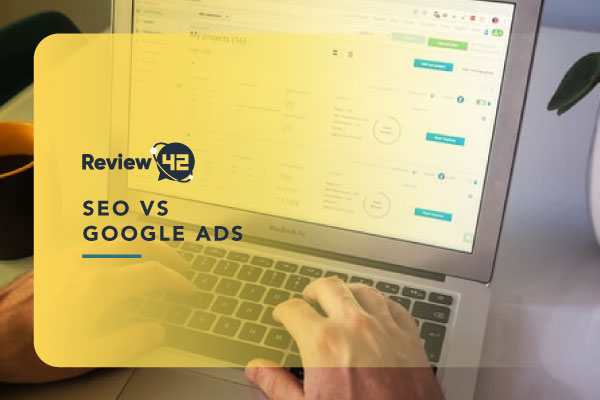
![Types of Marketing [Definition & Benefits]](https://review42.com/wp-content/uploads/2022/06/feature-image-55-types-of-marketing.jpg)
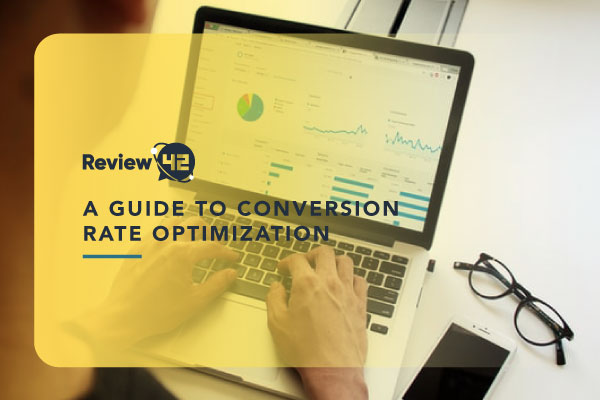
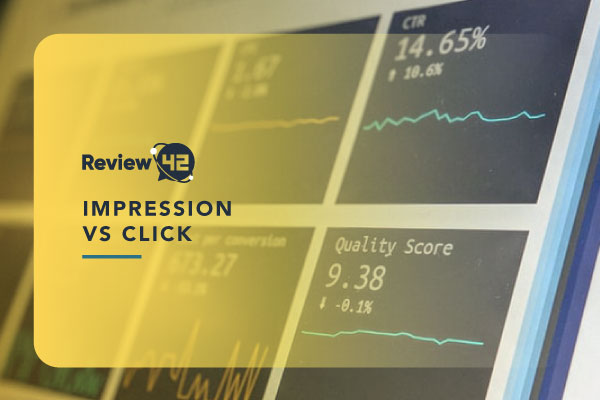
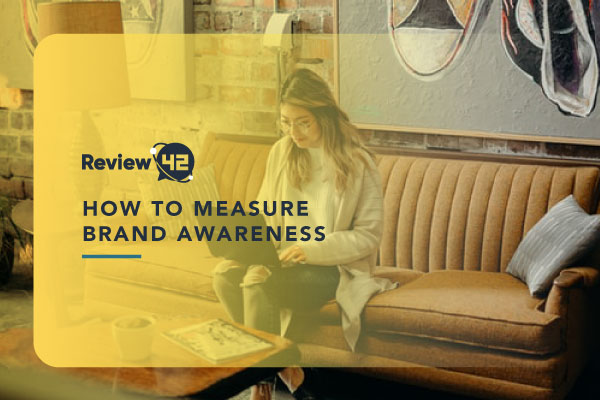
![2024’s YouTube Ads Cost [All Expenses Considered]](https://review42.com/wp-content/uploads/2022/05/feature-image-54-how-much-do-youtube-ads-cost-1.jpg)
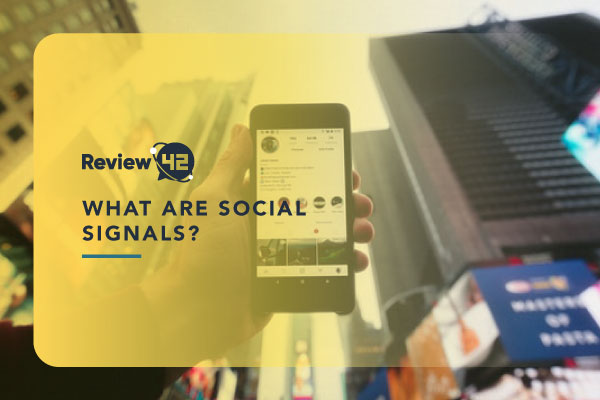
![What Is Performance Marketing? [Definition, Strategy and More]](https://review42.com/wp-content/uploads/2022/04/feature-image-53-what-is-performance-marketing.jpg)
![What Is Branded Content? [Full Guide for 2024]](https://review42.com/wp-content/uploads/2022/04/feature-image-53-what-is-branded-content.jpg)